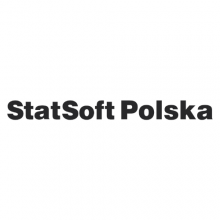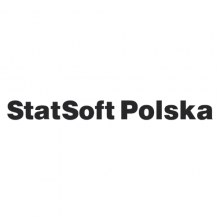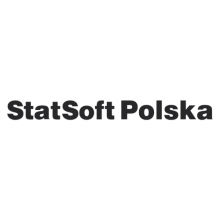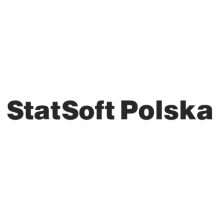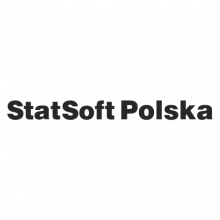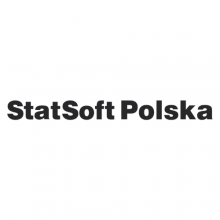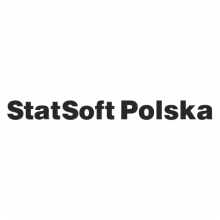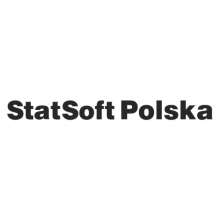Training objectives
- Preparing the participants to independently implement simple improvement projects according to the Six Sigma methodology.
- The main part of the training is devoted to presentations on how to implement the different stages of a Six Sigma project and which tools to use at these stages.
- While discussing the individual stages and tools, exercises are carried out using the specialized Minitab statistical package.
Estimated contribution of the practical part: 60%
Duration: 3 days for 7 h
Programme and exercises
PART II DAY IV
1 Implementation of the pilot project.
2 Presentation of projects carried out by participants.
3 Six Sigma project stages.
PHASE 3 - ANALYZE (causes of the problem)
- Data review.
- Process stability analysis (control charters).
- Process capability assessment.
- Process analysis and identification of possible causes.
- Process map.
- Cause-and-effect diagram.
- Pareto analysis.
- 5 WHY method.
- Failure Mode and Effects Analysis (FMEA).
- Defining and testing the hypotheses.
- T-test, F-test, ANOVA, General Linear Model.
- Proportions, Chi square test.
- Correlations, Regression.
PART II DAY V
PHASE 4 - IMPROVE (process)
- Determining the nature of key variables X.
- Generating alternatives for critical variables X.
- Choosing the best solutions.
- Optimisation of operational parameters X.
- Introduction to planning the DOE experiments.
- Differences between the traditional experiment and the DOE method.
- Parameters selection.
- Planning and implementation of the experiment.
- Creating the system equation and interaction diagrams.
- Parameters optimisation.
- Performing an actual experiment.
- Fractional experiments.
- Non-linear experiments.
- Risk analysis and design of preventive actions (FMEA).
- Selection and development of Mistake Proofing (PokaYoke).
PART II DAY VI
PHASE 5 - CONTROL (implemented solution)
- Definition of the process control plan.
- Development and implementation of control charts.
- Creation of XR control charters.
- Advanced methods for interpreting control charts.
- Typical errors in the interpretation of control charts.
- Other types of charts (XiRm, p, e.g. c, u).
- Development of response plans (OCAP).
- Summary and closure of the project.
- Implementation of the pilot project.
- Establishment and presentation of project implementation plans by participants.

































